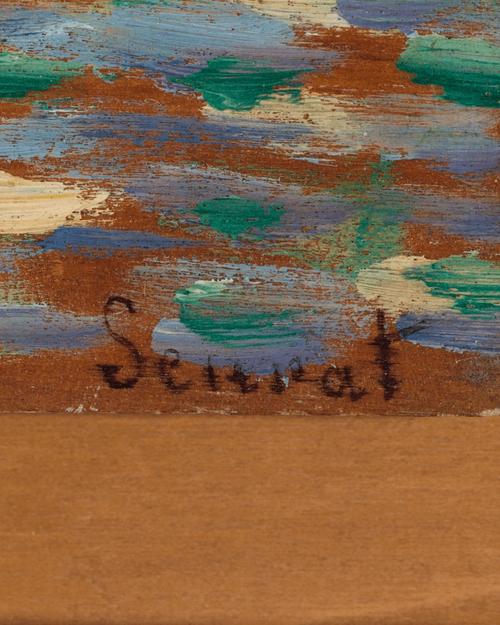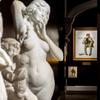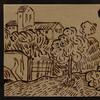When Art and Science Meet: Georges Seurat
- October 16, 2018 08:52


The paintings of French Post-Impressionist artist Georges Seurat balance a fine line between the avant-garde and the traditional. The burgeoning scientific theories on color and expression inspired his development of groundbreaking techniques that would form the bases of the Neo-Impressionist movement – a movement which would alter the trajectory of art history.
The Science of Color
From Charles Darwin’s theories of evolution to Dmitri Mendeleev’s work in atomic theory and chemistry, the 19th century was an era rich in scientific discovery. One scientist in particular caught the attention of Seurat, French chemist Michel Eugène Chevreul. Chevreul had experimented with color, contrast and the impacts of adjoining colors on human visual perception. His discoveries laid the basis of color theory and led to the creation of the color wheel, the concept of primary, secondary and complementary colors, and how those colors can be used to achieve visual balance or harmony.

Pure Technique
It would be these revelations that Seurat would closely study and apply to his painting, believing that he could use Chevreul’s theories to create this color harmony in his paintings. Seurat would apply colors separately instead of blending them, thereby relying on the eye’s natural inclination to blend those colors in a phenomenon he termed “chromoluminarism” (today known as Divisionism). His use of tiny, purposefully planned dots of pure color became known as Pointillism. Once translated to oils, these techniques resulted in some of the most vivacious, revolutionary paintings ever conceived.
La Mer à Grandcamp captures the beginning of Seurat’s exploration of color in what would become known as the Neo-Impressionist Movement. The artist deconstructed the colors he perceived to their most essential and rendered this tranquil scene of the small fishing village in Normandy with a vibrancy and precision never before seen.
Seurat had taken a break in the midst of composing A Sunny Afternoon on La Grande Jatte to spend the summer in Grandcamp. The works he completed during this trip, including the present example, marked a tremendous shift in his technique. When he returned to Paris and his unfinished Sunny Afternoon, he employed what he learned through his explorations during his retreat to finish what would become the magnum opus of his oeuvre.
Pointillism and Seurat’s highly technological methods would change the art world forever. The artist’s life was cut tragically short - he died just six years after creating La Mer à Grandcamp at the age of 31. Though incredibly young, Seurat accomplished what few artists could ever imagine during his brief life and altered the course of modern art as we know it.
About M.S. Rau Antiques:
M.S. Rau Antiques has spent over 100 years earning the trust of discerning collectors worldwide. Located in the heart of New Orleans’ historic French Quarter, our peerless showroom houses one of the world’s most extensive and stunning collections of museum-quality fine art by artists such as Claude Monet and William Bouguereau, 18th- and 19th-century antiques, and breathtaking jewelry, including rare colored diamonds.





















